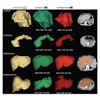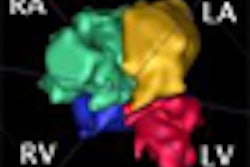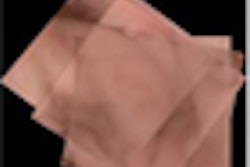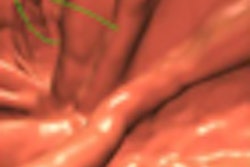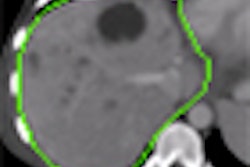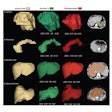A research team led by Dr. Etta Pisano of the University of North Carolina School of Medicine at Chapel Hill sought to determine the sensitivity of two different CAD systems in the digital mammograms of 335 cancer cases from the American College of Radiology Imaging Network's (ACRIN) DMIST study.
SecondLook v7.2 (iCAD, Nashua, NH) was applied to 179 digital mammograms, while ImageChecker v9.0 (Hologic, Bedford, MA) was used on 227 digital mammograms.
One radiologist for each system then reviewed the CAD marks. In its sample of cases, the SecondLook software had overall sensitivity of 74% with a mean of 2.5 false-positive marks per case, while the ImageChecker software had overall sensitivity of 71% and a mean of 2.0 false-positive marks per case in its group.
An exploratory analysis using regression modeling did not detect significant differences in sensitivity for the software relative to patient age, breast density, menopausal status, cancer histology, and tumor site.
The SecondLook software marked 132 of the 179 cancer cases. Of these 132, 19 (14.4%) were detected by film alone and 24 (18.2%) were detected by digital mammography alone. Twenty-nine were not detected by either modality during primary DMIST interpretation.
ImageChecker marked 162 of the 227 cancer cases. Of these 162, 25 (15.4%) were found on film alone, while 28 (17.3%) were detected on digital mammography alone, according to the study team. Thirty-four (21%) were not seen on either technique in primary DMIST interpretation.
